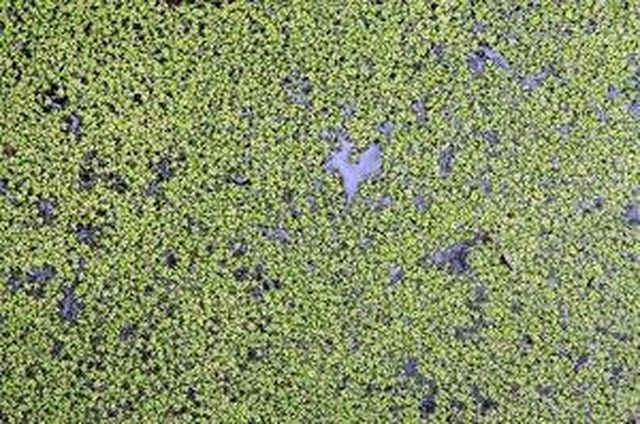Bulbs
Flower Basics
Flower Beds & Specialty Gardens
Flower Garden
Garden Furniture
Garden Gnomes
Garden Seeds
Garden Sheds
Garden Statues
Garden Tools & Supplies
Gardening Basics
Green & Organic
Groundcovers & Vines
Growing Annuals
Growing Basil
Growing Beans
Growing Berries
Growing Blueberries
Growing Cactus
Growing Corn
Growing Cotton
Growing Edibles
Growing Flowers
Growing Garlic
Growing Grapes
Growing Grass
Growing Herbs
Growing Jasmine
Growing Mint
Growing Mushrooms
Orchids
Growing Peanuts
Growing Perennials
Growing Plants
Growing Rosemary
Growing Roses
Growing Strawberries
Growing Sunflowers
Growing Thyme
Growing Tomatoes
Growing Tulips
Growing Vegetables
Herb Basics
Herb Garden
Indoor Growing
Landscaping Basics
Landscaping Patios
Landscaping Plants
Landscaping Shrubs
Landscaping Trees
Landscaping Walks & Pathways
Lawn Basics
Lawn Maintenance
Lawn Mowers
Lawn Ornaments
Lawn Planting
Lawn Tools
Outdoor Growing
Overall Landscape Planning
Pests, Weeds & Problems
Plant Basics
Rock Garden
Rose Garden
Shrubs
Soil
Specialty Gardens
Trees
Vegetable Garden
Yard Maintenance
Facts on Duckweed
Facts on Duckweed. Have you ever looked out at a pond and noticed the surface was covered in something green? Don't mistake this for fronds, algae or toxic waste. It may just be duckweed, tiny oval-shaped plants on the water's surface. These plants can cause some problems, but they also have benefits.

Have you ever looked out at a pond and noticed the surface was covered in something green? Don't mistake this for fronds, algae or toxic waste. It may just be duckweed, tiny oval-shaped plants on the water's surface. These plants can cause some problems, but they also have benefits.
Plant Family
Duckweed belongs to the Lemnaceae family, a group of the smallest flowering plants with no leaves or stems, though some have roots. All duckweed varieties can produce small flowers, but they rarely do.
Habitat
Duckweed mainly grows in warm, wet environments around the world, either in shade or direct sunlight. It floats, forming a blanket over small bodies of slow-moving water. These bodies of water contain high levels of nutrients such as phosphorus or nitrogen.
Uses
Duckweed is a source of food for water fowl and even people in parts of Southeast Asia such as Thailand. It also provides shelter for pond animals, such as bullfrogs. It can be placed in freshwater aquariums.
Potential Problems
Duckweed can multiply at an incredibly fast rate. It can cover the surface of a body of water, blocking sunlight and killing fish and aquatic plant life. This growth also can clog outlets such as water drains.
Using herbicides to kill an overgrowth of duckweed is ineffective because duckweed thrives on the nutrients in the water. To control the growth of duckweed, reduce the flow of nutrients into the water or remove the duckweed at repeated intervals.
Environmental Benefits
Duckweed can be used to help purify water by controlling algae growth and converting waste and sewage water into treated water and biomass (duckweed leaves and roots). However, it can't process toxic substances such as heavy metals and pesticides.
Duckweed also reduces water evaporation and keeps water cool.